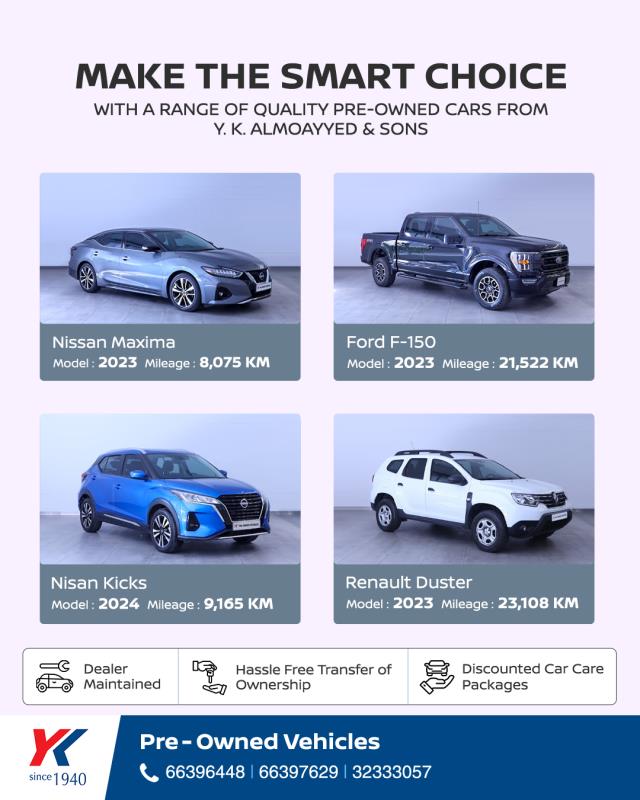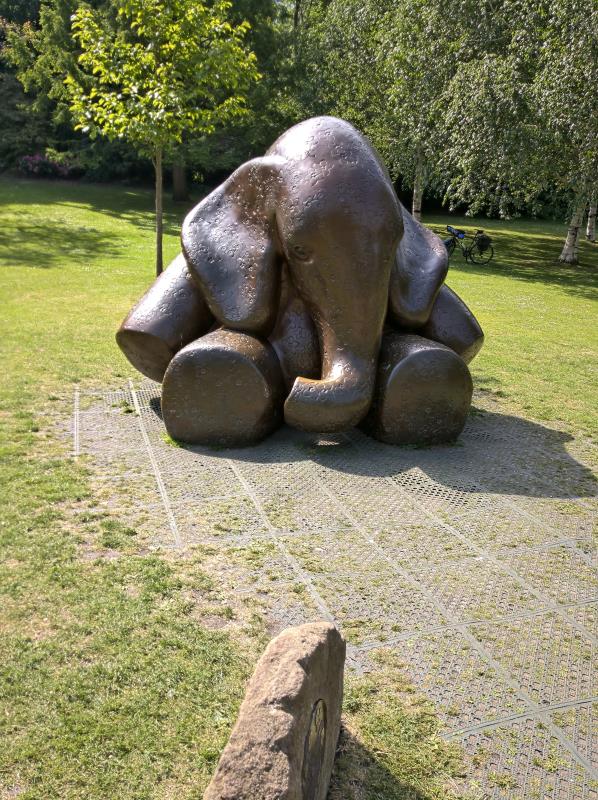What do a ladies’ hat, a driving licence and a bobble head sausage dog have in common?
They are three of amongst “33 extras” on display at the permanent exhibition at the Mercedes-Benz Museum which draw visitors’ attention to fascinating details of the history of mobility and bring automotive culture to life.
One of these tells the story of the elixir that enables cars to move: petrol. 4/33: The petrol bottle
- 1 – Revolution: When Carl Benz invented the car in 1886, he revolutionised mobility. After many experiments, he decided on light petrol as a fuel for his fast-running four-stroke engine which, with almost 1 hp, accelerated the three-wheel Benz Patent-Motorwagen to a respectable 16 km/h.
- 2 – Courage: In 1888, Carl’s wife Bertha Benz made the first car journey in the history of the world from Mannheim to Pforzheim. This courageous endeavour made her a real pioneer who knew how to undertake such an audacious cross-country drive. Including refuelling. After all, filling stations did not yet exist. Instead, Bertha stopped at the pharmacy in Wiesloch and bought a glass bottle of ligroin, as petrol was called at the end of the 19th century. The “extra” at the Mercedes-Benz Museum is a reminder of this. The light distillation of crude oil was used as a cleaning agent back then and is still known as cleaner’s solvent today. This made the pharmacy the first filling station in history.
- 3 – Name: The fact that the German term for the engine fuel used today is “Benzin” has nothing to do with the Benz family name. The word comes from the term benzoin. “Benzin” had been known as a by-product of petroleum production from crude oil since the middle of the 19th century. The similarity of the word “Benzin” with the name Benz was therefore purely coincidental. However, this is not the case with diesel oil: This is actually named after Rudolf Diesel, the inventor of the compression-ignition engine.
- 4 – Network: Energy supply for mobility requires clear structures. Close-knit networks are ideally suited to this. Nationwide filling station networks developed from the 1920s onwards and supplanted the supply by shopkeepers, hotels and, above all, garages.
- 5 – Self-service: Until right into the second half of the 20th century, an attendant filled vehicles with fuel. Today, drivers usually do this themselves. As natural as reaching for the fuel pump nozzle is today, plugging in the charging cable on an electric car will be in the future.













































































































